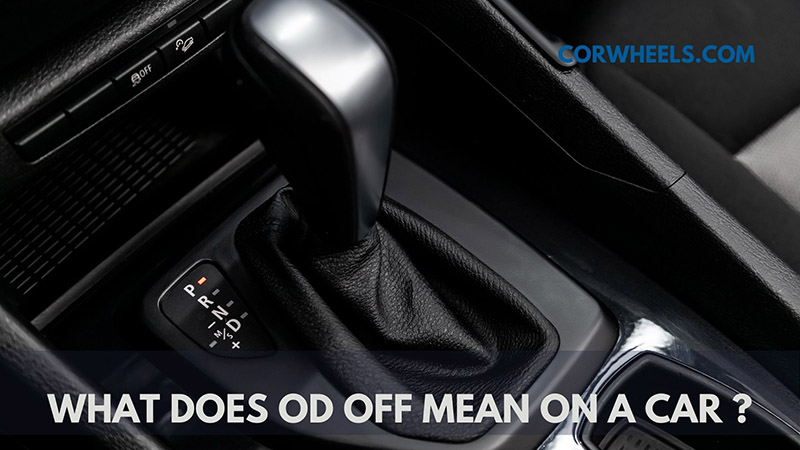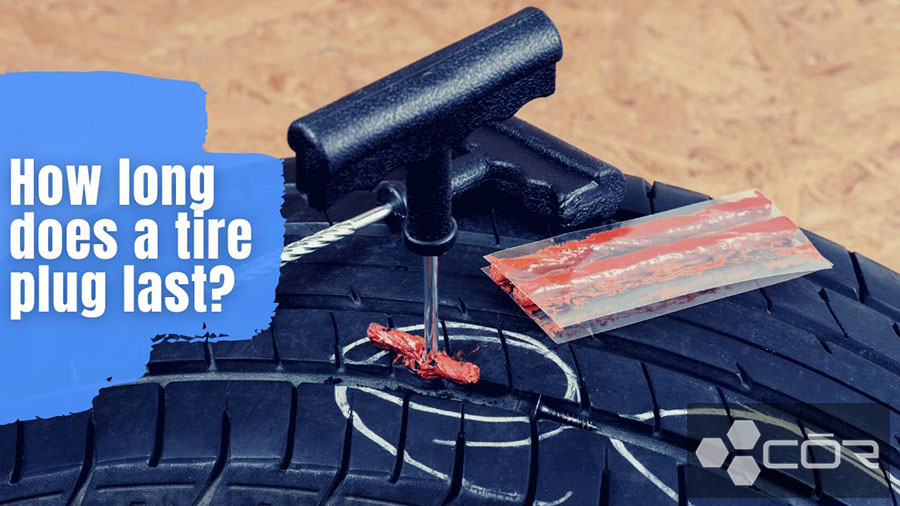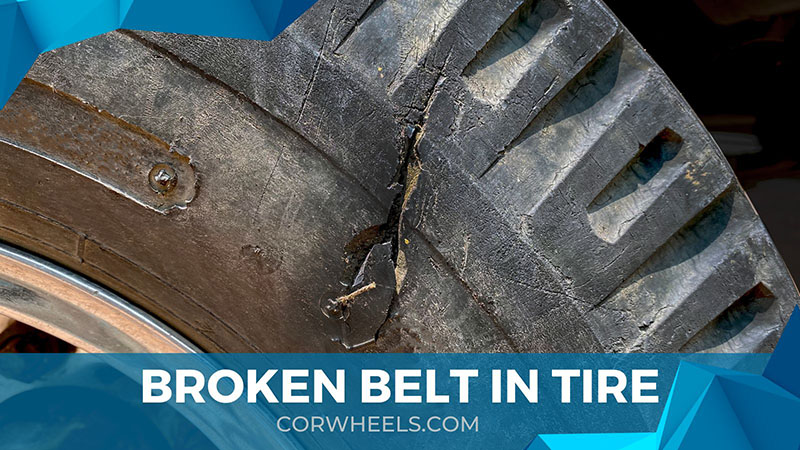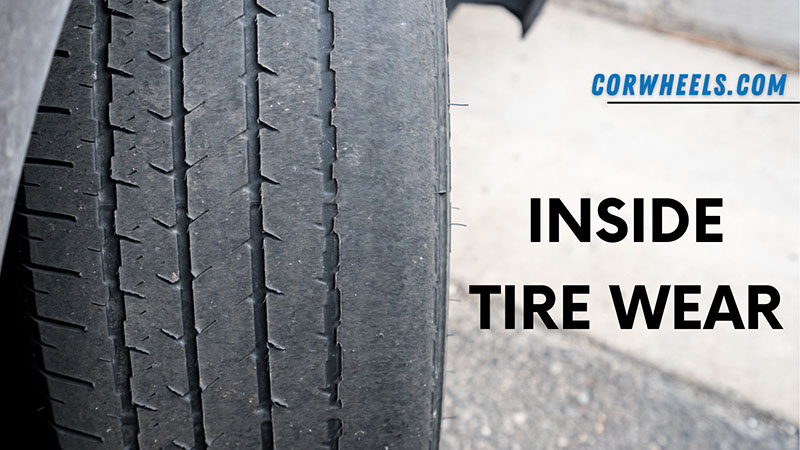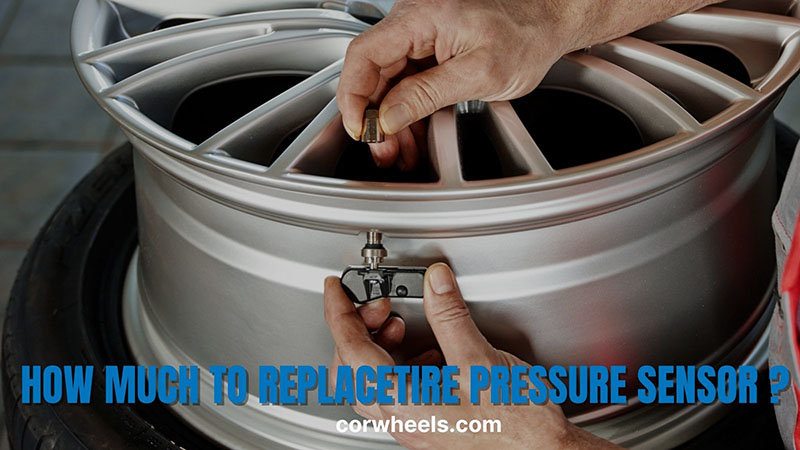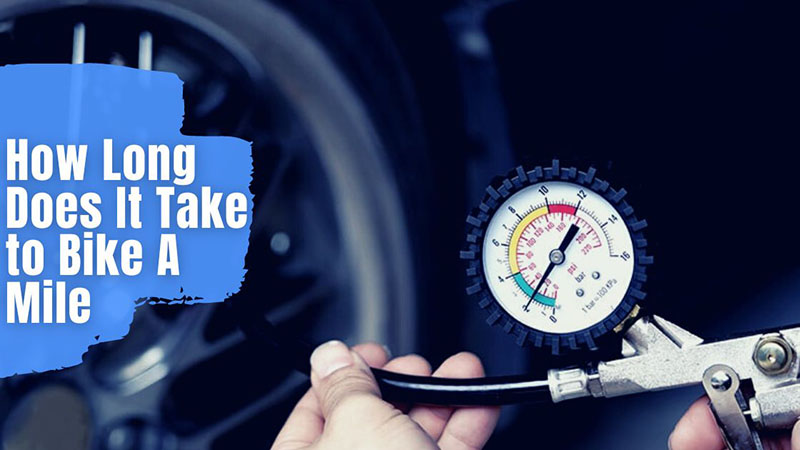Each car arrives in several modes tailored for different situations, and the O/D button is one of them. While seasoned drivers can figure out the meaning of O/D off light on in a blink, many are still confused as to what O/D even stands for.
This guide will explain what messages these lights are supposed to communicate and whether you should have them turned on all the time.
In this article:
What Does O/D Off Turn On Mean On A Car?
An “O/D off” light indicates the overdrive gear is turned off. As such, the torque converters are not locked, limiting the vehicle from shifting to the top gear, helpful when towing a trailer/heavy load or descending/ascending steep hills.
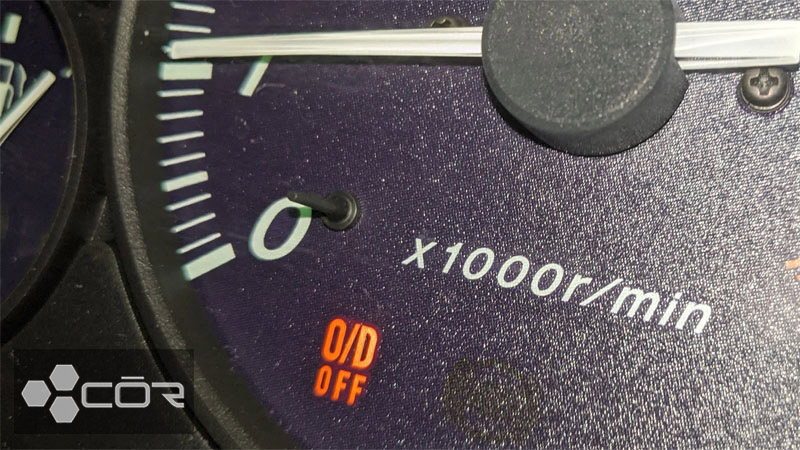
What Is Overdrive?
In simpler terms, car overdrives are designed to boost the gear ratios of a vehicle transmission. Your car can operate at much lower engine RPMs (revolutions per minute) during highway cruising, which lifts off unnecessary engine/drivetrain strain and boosts fuel economy.
Better yet, overdrive modes also offer better running, less engine wear, and quieter operation by cutting off the overall engine load. When applied regularly and properly, it also reduces maintenance hassles and extends the powertrain’s shelf life for several more years.
So how does overdrive work? Overdrive locks one gear in the transmission and makes it act as your overdrive gear. There are usually two ways to go about it:
- Lock-up overdrive: using clutch packs to lock gears
- Torque-converter drive: using fluid coupling
Why Do Some People Want To Turn Off Overdrive?
As gas mileage became increasingly more important, car manufacturers have added a fourth gear to slow down input shaft spins and let the engine run more economically on highways or at greater speeds. This extra fourth gear is “overdrive.”
While overdrive works wonderfully on level streets, it can sometimes put more burden on the engine during uphill grades – where the transmission has to shift to the third gear to climb up the hills.
And things only worsened when your car arrived at rolling hills: one must shift to third gear to travel to the hill’s top, then change to fourth to go downhill, then return to third to climb the second hill. Such constant shifts annoy both passengers and drivers to no end; and not to mention, the car transmission barely benefits from them.
Hence, automakers add O/D off modes to let drivers lock the fourth gear and keep their transmission in the 3rd gear only. That way, their acceleration can enjoy tremendous advantages, even on level grounds while towing trailers or pulling heavy loads.
Why Does The O/D Off Light Keep Flashing?
The O/D light flashes due to the broken solenoid or faulty speed sensors. Transmission issues like low fluid, overheating, or a bad control module are also to blame. You can’t turn the light off if at least one of these problems are at play.
Sensor Problems
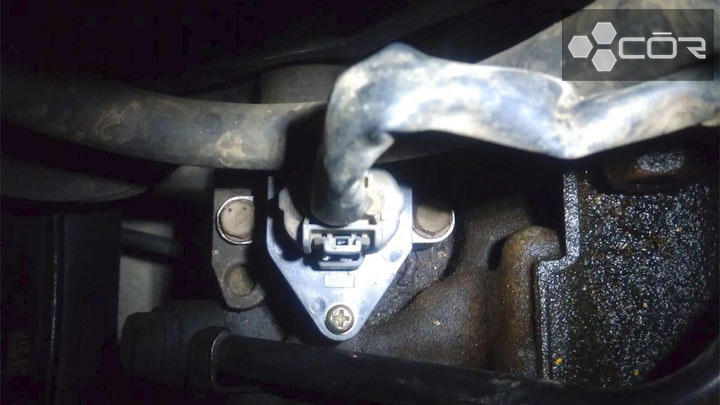
In most cases, a flashing O/D off light stems from basic issues with your speed sensors – also called the overdrive/transmission sensors.
Thankfully, these compartments do not cost a dime to fix; bring the car to a nearby shop in 10 to 15 minutes, and your car can return to the road safe and sound.
Solenoid Issues
Overdrive solenoid components are electromagnet devices with plungers to ensure proper O/D operation. Should there be anything wrong with their internal system or wirings, the O/D lights will blink to send warning messages.
Transmission Troubles
Transmission troubles not treated punctually will push the O/D light to flash.
The most popular transmission issue is improper fluid pressure – either too low or too high. I suggest checking the fluid quickly to confirm whether it is the offender behind a flashing overdrive light.
Other more severe troubles within the transmission might also be at play – in that case, an appointment with certified mechanics is required.
How to Turn Off Your OverDrive?
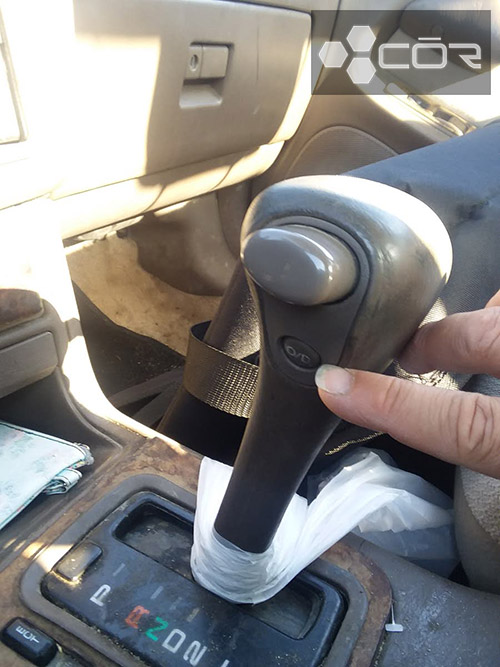
A one-size-fits-all guide might not be accurate here, as each vehicle arrives with different instructions and designs. However, to simplify the matter, I will divide cars into two types: automatic transmissions and manual transmissions.
- For manual transmission cars: Shift the overdrive setting from On to Off. Another option is to change to lower gears.
- For automatic vehicles: Change the gear selections; lock the higher ones out to ensure your vehicle cannot reach them.
The Overdrive off light will turn on to inform you that the overdrive is officially off.
What To Do If the O/D Off Button/Switch Does Not Work?
The internal wirings are likely to encounter technical malfunctions. Though one can drive the car to a shop to have these buttons replaced, you might want to save some pennies by doing it at home.
Using a screwdriver is enough to remove the button and expose the wirings. One minor problem is that the gear shifter handles only have one entry point through the roll pins, meaning you might have to break the pin’s top or cut the pin retainer and push it out.
Now that the pins are out of the picture, the next thing to do is to ease the wirings, double-check the connections, or replace them. Be careful during the process; excessive pulling may make the wires break down under stress.
Is It Safe to Drive With The OverDrive Off?
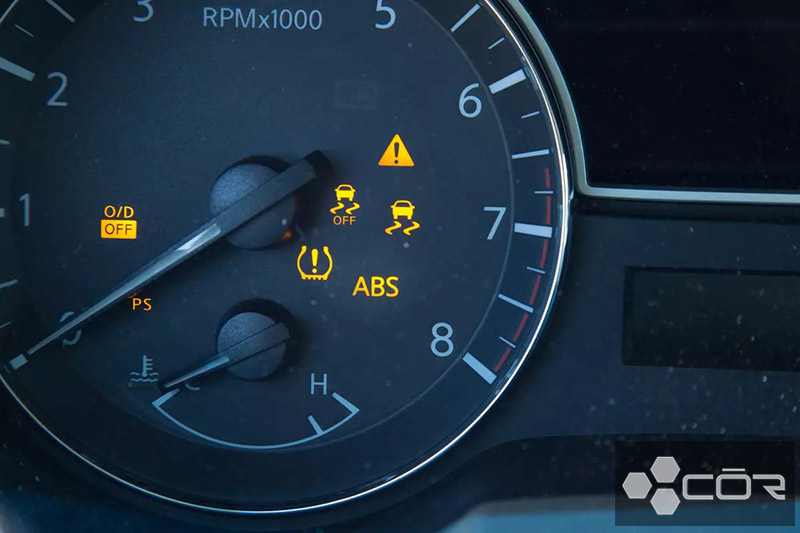
Yes – you can totally drive with the O/D Off light turned on. As previously mentioned, turning off the overdrive can be quite helpful if you must traverse rough terrains or rolling hills.
However, on highways, Overdrive Off might not sound so great.
Let me clarify: it is still safe and poses no immediate danger. It’s just that you may find it much more challenging to drive faster, and the overall driving experience does not live up to expectations, either.
You must learn when to turn the overdrive on and off.
Should Overdrive Be On or Off? When To Use
The Overdrive should be on in most cases of normal driving, unless you are hauling heavy loads, traveling through a mountainous area, climbing hills, or overtaking another vehicle. If the light flashes, you’d better turn it off, too.
1. Highway Driving:
- Overdrive: On (the O/D Off light is off)
An overdrive’s main purpose is to give the car a quieter and more efficient highway operation. Hence, whenever you raise the driving speed to more than 50 MPH, engaging the overdrive feature will help.
2. Urban, Normal Driving:
- Overdrive On (Light Off) for modern vehicles with a 5th gear
- Overdrive Off (Light On) for old cars
Engaging overdrive for vehicles with five gears is strongly recommended for high-speed yet smooth driving. If you must accelerate on short notice, simply press your gas pedals to shift the transmission to lower gears.
However, for old cars whose overdrive units are separated off the gearbox, it would be best to turn the overdrive switch off; otherwise, it will change every gear’s ratio and reduce the acceleration limit.
3. Driving on Twisty and Hilly Roads:
- Overdrive: Off (Light On)
Having the overdrive engaged on hilly paths will shift the transmission to extremely high gears for steep inclines. As a result, the engine will be under more pressure and lose revolutions.
Hence, I strongly advise you to disengage your overdrive button, which helps limit transmission to direct ratio gears and increase gear hunting.
The same could be said about driving downhill or twisty roads, as the highest-gear engagement would limit the engine brakes and cause the vehicle to be much more unstable. It is best to turn the overdrive off, then.
4. Towing Trailers:
- Overdrive: Off (Light On) for twisty toads
- Overdrive: On (Light Off) for highways
Towing trailers on twisty roads can get extremely dangerous with overdrive turned on; after all, anyone would love to have as much engine braking and maximum power as possible in such risky circumstances.
However, if the engine components have sufficient torque to handle extra loads, turning on the overdrive on highways would not do any harm.
5. When Your O/D Off Light Flashes
- Overdrive: Off (Light On)
As previously mentioned, a well-performing indicator light should either stay off or on; blinking lights indicate troubles with the car system.
To stay on the safer sign, do not engage the feature. Turn your overdrive off, then go to service centers for more support.
Can You Add Overdrive To A Car That Does Not Have Overdrive Gears?
Yes. One can easily find aftermarket overdrive units without any hassles; experts refer to these extra features as “splitters.” They are smaller transmission devices (2 speeds) bolted onto the main transmission.
Your existing transmissions will have their rates doubled as a result: for instance, 3-speed turns into 6-speed, or 4-speed becomes 8-speed.
FAQs
Should I Leave The O/D Off Light On All The Time On Automatic Cars?
No. On the contrary, most driving situations with automatic cars require overdrive. There are reasons why many automatic car brands design the overdrive as their default setting!
Does O/D Off Save Fuel Consumption?
No, quite the opposite. Turning on the overdrive would assist your fuel efficiency much better.
Does O/D Off Make Your Car Faster?
No. Turning off the overdrive sacrifices maximum speed to let the cars operate on lower gears. Long story short: it cannot make the vehicle faster.
Conclusion
The Overdrive Off light will help you save fuel and push your car’s acceleration when going uphill or towing. Just a simple flick of the switch can revolutionize your entire driving experience, so keep my advice in mind.
If you still have more questions, send letters to my message box.
For more: Why Is My Tire Pressure Light Blinking?

